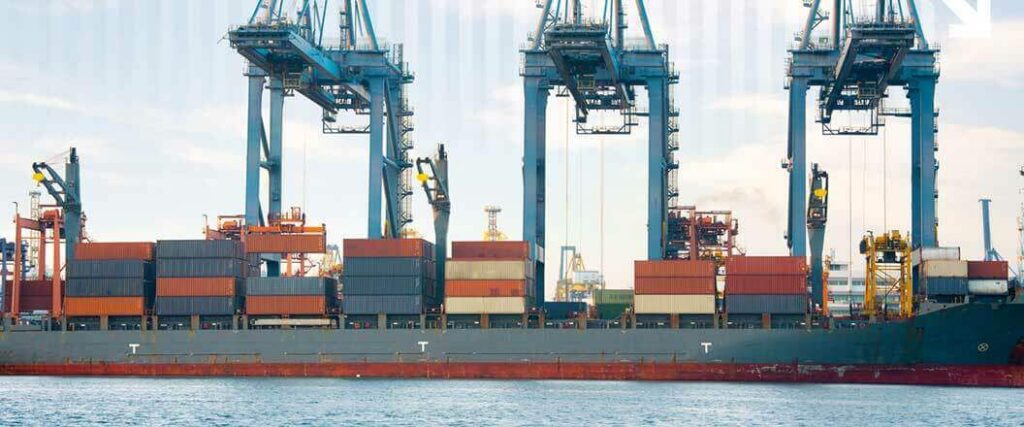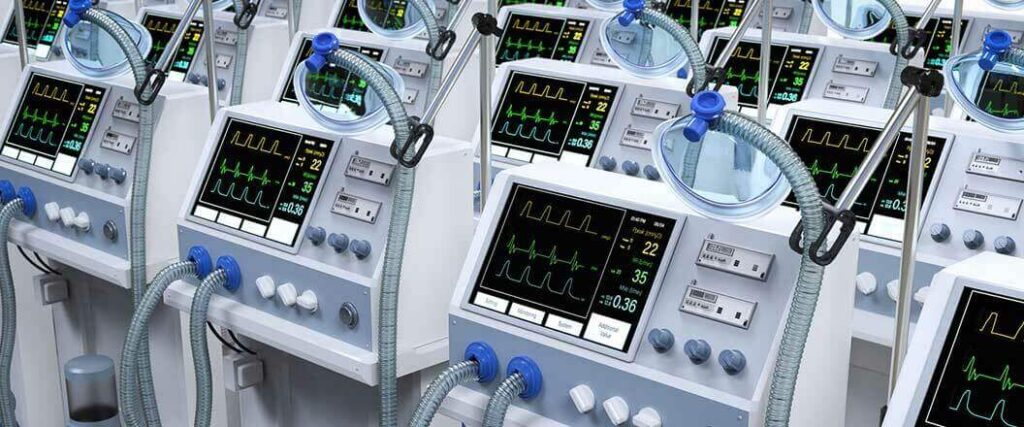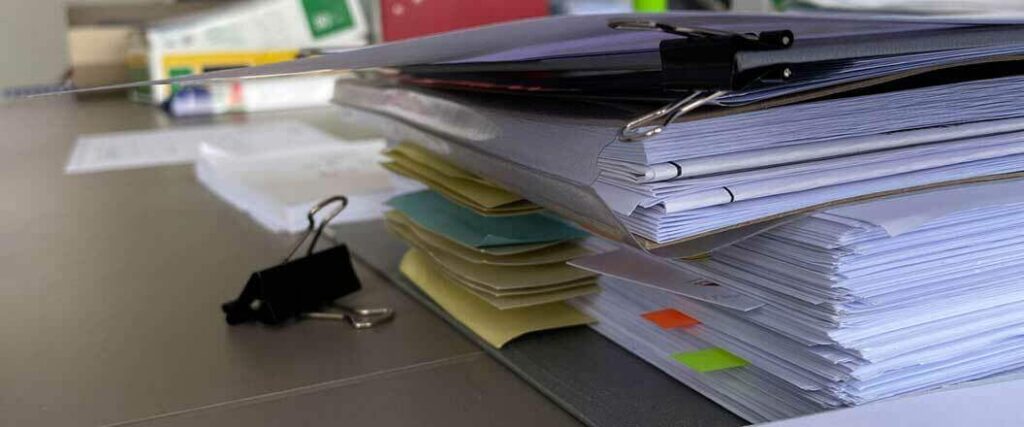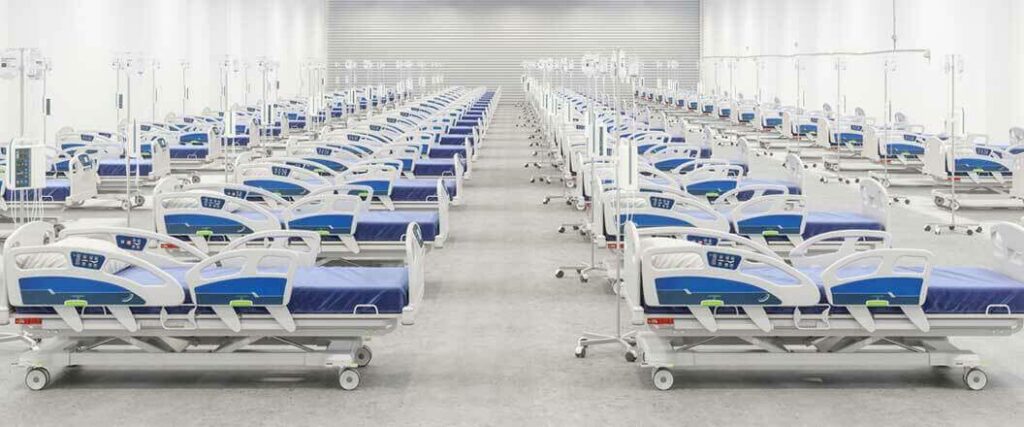Certificates can be obtained from the Food and Drug Administration (FDA) for medical devices that are exported overseas. Sellers of these products will have to pay applicable fees for their certificates. Exporters also need to follow strict record keeping requirements after they’ve sent their equipment to a foreign nation.
Exporting medical devices from the U.S. can be a complex process, but with our guide, you’ll learn everything you’ll need to ensure your shipments are smooth and successful.

The FDA doesn’t explicitly require medical device export certificates for compliance purposes. That said, foreign buyers and governments that purchase these goods from the U.S. often want proof the items they’re receiving are FDA approved.
Documents that provide that proof also give you, as the exporter, a bit of additional information.
The Center for Devices and Radiological Health, or CDRH, is the organization responsible for giving certificates for anything emitting radiation.. We’ll go through the details of each document and explain what criteria is necessary to use each one.
A CFG is a medical device export certificate that’s used for items that can be legally marketed in the U.S. and that abide by the Food, Drug, and Cosmetic (FD&C) Act guidelines.
The FDA doesn’t need to give approval or require notification when these goods are sent to another country. However, they are good for exporters to have as proof that a standard was used during the manufacturing process.
Nations where you may need to provide a CFG to local importers include:
To make sure you stay compliant, the best thing to do before exporting will be to check with the local import laws of the destination country. This is especially true in emerging markets where import rules can often change with very little notice.
It should be noted that the European Union does not require CFG, but only because it has its own regulatory body for medical devices. We’ll provide more information on this later on.
These certificates are issued for exported goods that aren’t legally marketed in the U.S., but still meet FD&C Act requirements.
There are two sections of this Act that we will examine more closely with regard to this certificate.
Devices in this section fall under Class I and Class II specifications.
Class I devices can be shipped out without permission from the FDA. These devices are low-risk items, which typically include products like bandages and nonelectric wheelchairs.
Class II devices are intermediate-risk goods, like infusion pumps for medications. However, they can be exported without FDA permission so long as:
Other specific requirements of Section 801 (e)(1) include the following:
Some class II as well as Class III products fall under this section. A Class III device is high-risk, which typically means that it’s used to sustain life. This can include products such as:
The requirements for Section 802 devices to be exported include the following:
Devices that are shipped with a Certificate of Exportability should still comply with all laws regarding the import of medical supplies and equipment in the receiving country.
They will also need to have valid marketing authorization by the correct authority if the destination is a Tier 1 country as outlined in Section 802.
Tier 1 countries include:
Other circumstances where Section 802 of the FD&C Act applies:
As the criteria shows, there are many instances where it will be appropriate to use this document. Always carefully review and classify your products beforehand to make sure you are following the right set of requirements.
An NCR is used for the export of non-clinical research items that are meant for human use.
This can include:
These items can be legally marketed and shipped to another nation under the FD&C Act.
Before you export, make sure you learn about Schedule B Numbers and include them in your shipment.
If you’re exporting medical devices to the European Union, you’ll need a Conformite Europeenne (CE) mark. There are four steps that have to be followed to obtain the CE mark
In some cases, an exporter can perform a conformity assessment that proves their medical device is in line with CE directives. Conformity assessments like these require strict adherence to EU standards and testing by an independent lab that certify compliance.
Directives that allow for self certification include:
Other EU medical device directives will require testing from a designated lab that’s connected with a European Notified Body, which is an organization designated by an EU member state. This will apply to products that pose a high risk to safety. Labs in the U.S. subcontract this work and can perform testing.
Next, a technical file will need to be created. This includes information like product test reports and certificates. It must be available for 10 years after the product is put on the market. Next, the CE mark will need to be placed on the product near the manufacturer’s nameplate.
Finally, a Declaration of Conformity must be provided. This is essentially a statement from the manufacturer that allows EU buyers to import and circulate the products throughout the market.

Foreign buyers may want to authenticate the export certificates that come with their medical devices. As the seller, you can direct customers to a few institutions that will help them determine the validity of these documents.
The Unified Registration and Listing Systems (FURLS) Export Certificate Validator (FECV) is an authentication resource.
Foreign buyers will be able to find the following information about their certificate in the database:
Directing your buyers to such sources can help build trust and promote further sales
Another way documents can be authenticated is by using the CDRH’s Export Certificate Validation (CECV) database.
It’s updated once a week and is used to validate any document that’s been issued by the CDRH. The CECV database provides all the same information on the certificate as the FECV, except for an image of the document.
The Certification Application and Tracking System (CECATS) is where exporters can obtain their certificates. The documents will appear in PDF form and be made available for download. Sellers will also use CECATS to submit requests for export documents.
Benefits of using this system include:
As an export businesses, you would be allowed to make changes to your application before it’s reviewed. You can also upload any additional information that’s needed for their request.
To submit an application through CECATS, follow these steps:
Each certificate has a different application process. CECATS provides detailed instructions for the documents that exporters can utilize.
The FDA charges exporters a fee for each medical device certificate. After submitting a request, you’ll typically receive an estimate for the charges. We’ve created some data on the fees to expect.
| Type of Fee | Fee Amount |
| Fee for First Certificate | $175 |
| Fee for Subsequent Certificates from Same Request | $85 |
Provided by FDA
To break this down, the first certificate an exporter submits a request for will be $175. If you must obtain additional certificates for the same medical devices, the subsequent documents will be $85.
Each downloadable PDF of the document is no longer than 25 pages. Exporters can request as many copies of their certificates as they want. That said, every additional 25 pages will cost another $175.
In practice, this affects what you pay based on how long a particular certificate may be and how many copies you need. Some are 5 pages long, others may be 15 pages long. It often depends on how many product attachment pages are added in. Since the number is rounded up by the FDA, you end up paying for 25 pages at a time while ALSO being charged for the copies at the $85 rate if needed.
For example, five copies of a 15-page certificate, require a total of 75 pages. If each group of 25 pages is $175, you’re looking at a total of $695 once you add the fee of the additional copies.
In this example, you’re only charged $85 for the two certificates that aren’t covered by the extra paper charge. If those five copies had only been 5 pages long, and therefore only needed the initial 25 pages that are covered by the original fee, the amount owed would be different. One original certificate at $175 plus 4 subsequent copies at $85 (4 x 85 = 340) each for a total of $515.
Bottom line, you pay for originals and you pay for copies. How much will depend on how many pages they fit on.

There are certain record keeping requirements for medical devices that the FDA wants exporters to follow. These fall under Sections 801 (e)(1) and Section 802, which we discussed earlier in regard to Certificates of Exportability. Just like with the certificates, record keeping demands differ.
For medical devices subject to Section 801(e)(1), exporters should follow these requirements when choosing which records to keep:
To show a product meets foreign purchaser specifications, exporters can use two types of documentation.
Records that prove a shipping package for a medical device was labeled correctly can come in the form of label copies or statements. Exporters can use production and shipping records to show the goods weren’t offered for sale in the United States.
For medical devices under Section 802 of the FD&C Act, keep records on the following:
Records for these exported goods have to be kept for the same period of time the device has been made to last. As a general rule, records must be kept for at least two years after the release of the items for commercial distribution by the manufacturer.
Make sure you’re an exporter of record before you start shipping medical devices to another country.
There’s no rule that says U.S. exporters can only work with products made in the USA. However, foreign-made medical devices will need to be accompanied by a unique export certificate. As far as fees are concerned, expect the same pricing structure for this document.
Some medical equipment is made outside the borders of the United States. For these products, a Certificate to Foreign Government for Device Not Exported from the U.S. (CFG-NE) is needed. This document could be used for goods that were produced at a nearshore operation in Mexico.
The document can also be applied to foreign made equipment if it’s cleared, approved, or a premarket report isn’t needed. Exporters can validate the legitimacy of their CFG-NE using the FECV and the CECV we’ve mentioned prior.
As with the other certificates, exporters can apply for CFG-NE using the CECATS system. After signing in to the account, answer “no” when asked if the goods will be exported from the United States. From here, users will be sent to the CFG-NE application.
To submit a request for a CFG-NE, exporters will need the following:
When applying for the CFG-NE, sellers should also fill out a Form 3613g. This document is essentially supplementary information that will assist exporters in obtaining their certificate.

Often times, sellers won’t need any additional documentation other than a certificate when shipping off medical devices. That said, there are a few instances where the FDA must be notified when certain medical devices are exported to another country.
Exporters will need to use one of the following documents to notify the FDA:
The Export Permit Letter Under Section 801(e)(2) can be used for the following types of medical devices:
The FDA will need notification if unapproved medical devices are shipped to a country that isn’t listed in Section 802(b)(1)(A)(i) and (ii). In such a case, goods will need an Export Permit Letter Under Section 802(c) of the FD&C Act.
Equipment exported using a Section 802(c) permit will need to meet the following requirements:
A simple notification should be given to the FDA when exporting a medical device that falls under Section 802. The main difference between an Export Permit Letter and simple notification is the issuer.
Export Permit Letters are given by FDA and have to be earned by the exporter. Simple notifications don’t need prior approval by the FDA and can come straight from the exporter.
The notification should still have the following information:
If the exported shipment is to a Tier 1 nation, exporters can list the name or simply state the cargo is going to a Tier 1 country.
On April 10, 2025, China implemented an 84% tariff on U.S. exports, which includes medical equipment. This came in response to U.S. tariffs on Chinese imports. There's no telling when the 84% tariff will end or if it will rise. Call our experts at (866) 301-0635 for the latest updates.
At Cargo Export USA, we’re ready to help you through these difficult guidelines. We offer a variety of services that will make sending goods to another country a much easier process.
Some of the services we provide include:
When Cargo Export USA is in your corner, shipping goods to buyers in foreign countries will always end in success. Connect with us through our site today, or get into contact with our team at (866) 301-0635 if you have questions about the services we can offer.
CFG Certificate. How much to help get one of these. We are FDA 510K exempt with a class 1 device. Shipping internationally. We are being asked to provide a CFG